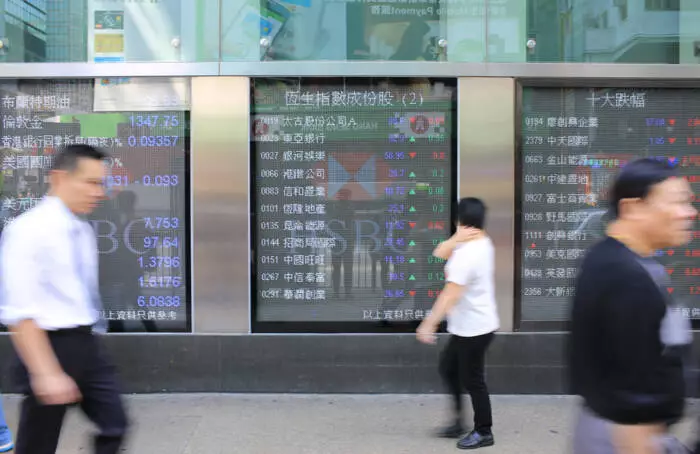In recent times, the dynamics of the Asian market have shifted dramatically, primarily driven by a robust performance in technology stocks. The Hang Seng Tech Index’s increase of 1.96% serves as a testament to the growing influence of tech giants on market sentiment. Companies like Alibaba and Baidu have shown remarkable resilience, with gains of 6.35% and 6.12%, respectively. Such figures are not mere statistics; they represent a fundamental shift in investor confidence and an acknowledgment of the sector’s potential. In this tech-dominated recovery, even emerging players like NIO Inc. and BYD Electronic International have captured attention with impressive surges of 15.9% and 8.42%, underpinning the narrative that innovation and electric vehicle production are front and center in market discussions.
Broader Market Implications
While the tech sector is experiencing an upswing, it’s essential to note that mainland China’s equity markets are posting modest gains, with the CSI 300 and Shanghai Composite indices up 0.38% and 0.56%, respectively. This divergence highlights the specialized nature of the rally; it is technology-centric rather than a comprehensive market recovery. Investors should be recognizing that not all sectors are equally benefiting from the wave of optimism. The broader implications of this tech strength should prompt analysts and traders to investigate whether this trend will sustain, especially as economic indicators point to potential headwinds.
Trade Relations and Market Sentiment
The market’s buoyancy is, however, tempered by international relations, particularly the ongoing complexities in U.S.-China trade relations. Recent statements from China’s Ministry of Foreign Affairs have dismissed claims about potential discussions with the U.S. regarding tariffs, highlighting a palpable tension in the air. This ambiguity could act as a dampening force on market enthusiasm, reminding us that external geopolitical factors can quickly alter the trajectory of financial markets. With a focus on policy announcements and trade negotiations, strategic caution is advisable.
Commodity and Currency Highlights
The fluctuations in commodities further reflect the intricate tapestry of today’s market environment. Gold prices saw a slight retreat of 0.25% as concerns about the U.S. Federal Reserve’s policies and China’s economic trajectory ease. Concurrently, WTI crude oil experienced a modest decline of 1.18%, signalling a cooling in demand expectations, possibly linked to broader economic uncertainties. Meanwhile, the dynamics of the currency market have also shifted; the USD/JPY pair rose 1.08% as expectations of a U.S.-Japan trade agreement intertwine with the movements of the Yen. Such currency fluctuations have tangible implications for businesses and consumers alike, reinforcing that every economic shift creates ripples in other asset classes.
What Lies Ahead for Investors
The future landscape for investors is laden with potential and risk. Upcoming economic data releases, including key PMIs and the Bank of Japan’s policy decisions, could further influence trading sentiment. With a crucial economic landscape in play, being attuned to real-time developments and market signals is crucial. The interconnections between tech advancements, international policy stances, and commodity prices create a complex market mosaic that necessitates vigilant observation and strategic agility. As the story unfolds, the interplay between these factors will indubitably dictate the future course of Asian markets.

